There are many things cooking with oil that cannot be replicated with water or broth. Caramelized onions, golden brown panko-crusted tofu, and enhanced flavor—all made possible by oil. When used in moderation, oils can be a healthy part of any diet. But, not all oils are the same. So, which oil is the healthiest for vegan cooking?
Is oil ever healthy?
The long and short of it is: yes, oil can be healthy. Fat is a macronutrient, a nutrient that the body needs in large amounts for energy and to help maintain its system. Oils can help the body absorb fat-soluble nutrients, including vitamins A, D, E, and K. They also provide essential fatty acids that the body can’t make on its own, explains Jenna Volpe, RDN, LD, CLT. So, that fat needs to come from food sources.
However, the healthfulness of an oil is not so black and white. “Healthy oils tend to be those that are unsaturated and minimally processed, as they provide natural dietary sources of omega-3 fatty acids and monounsaturated fatty acids, as well as vitamins and antioxidants,” says Volpe.
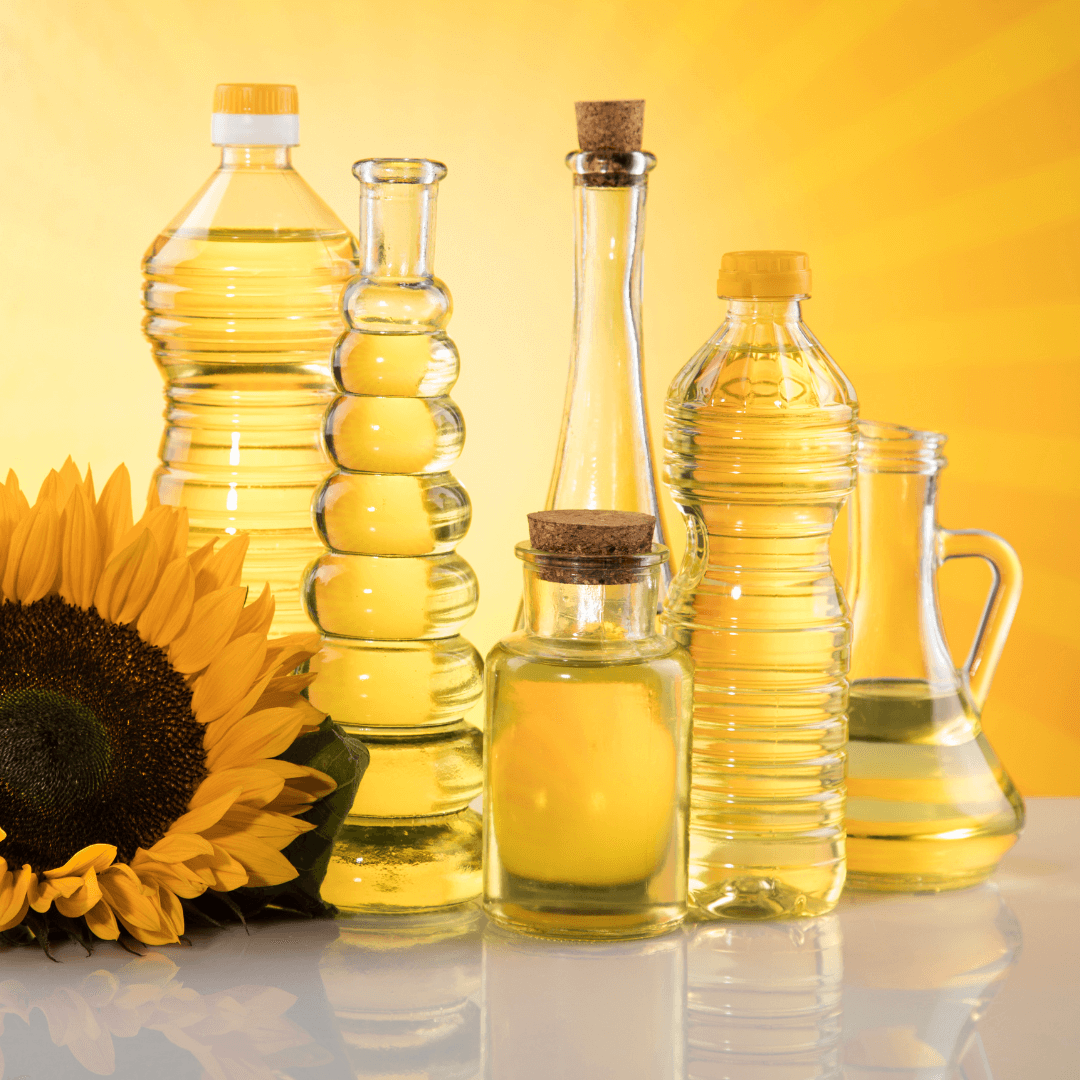 Canva
Canva
Saturated fat (found in high-fat meats, processed meats, high-fat dairy products, and some oils such as palm and coconut) should be limited to less than 10 percent of your daily calories, according to the 2020 to 2025 Dietary Guidelines. the americans Avoid trans fats found in baked and fried foods made with vegetable oil as well as some packaged snacks. Both of these can raise your low-density lipoprotein (LDL) “bad” cholesterol levels.
“Contrary to popular opinion, research shows that not all unsaturated vegetable oils are healthy,” says Volpe. “Diets high in omega-6 fatty acids from food sources such as sunflower oil, safflower oil, corn oil, vegetable oil, and canola oil appear to increase the risk of chronic health conditions such as heart disease and type 2 diabetes. Study from Journal of Indian Medical Association“
An oil’s smoke point and why it matters
Basically, cooking is about heating things up. It combines food, a heat source (a stove, oven, grill, air-fryer), and a heat transfer medium (water, oil, broth, pan, cast-iron skillet, baking sheet). For example, when you pan-fry mushrooms tossed in corn or potato starch, heat moves from hot to cold, from the heat source to the food medium. And left – you have crispy mushrooms.
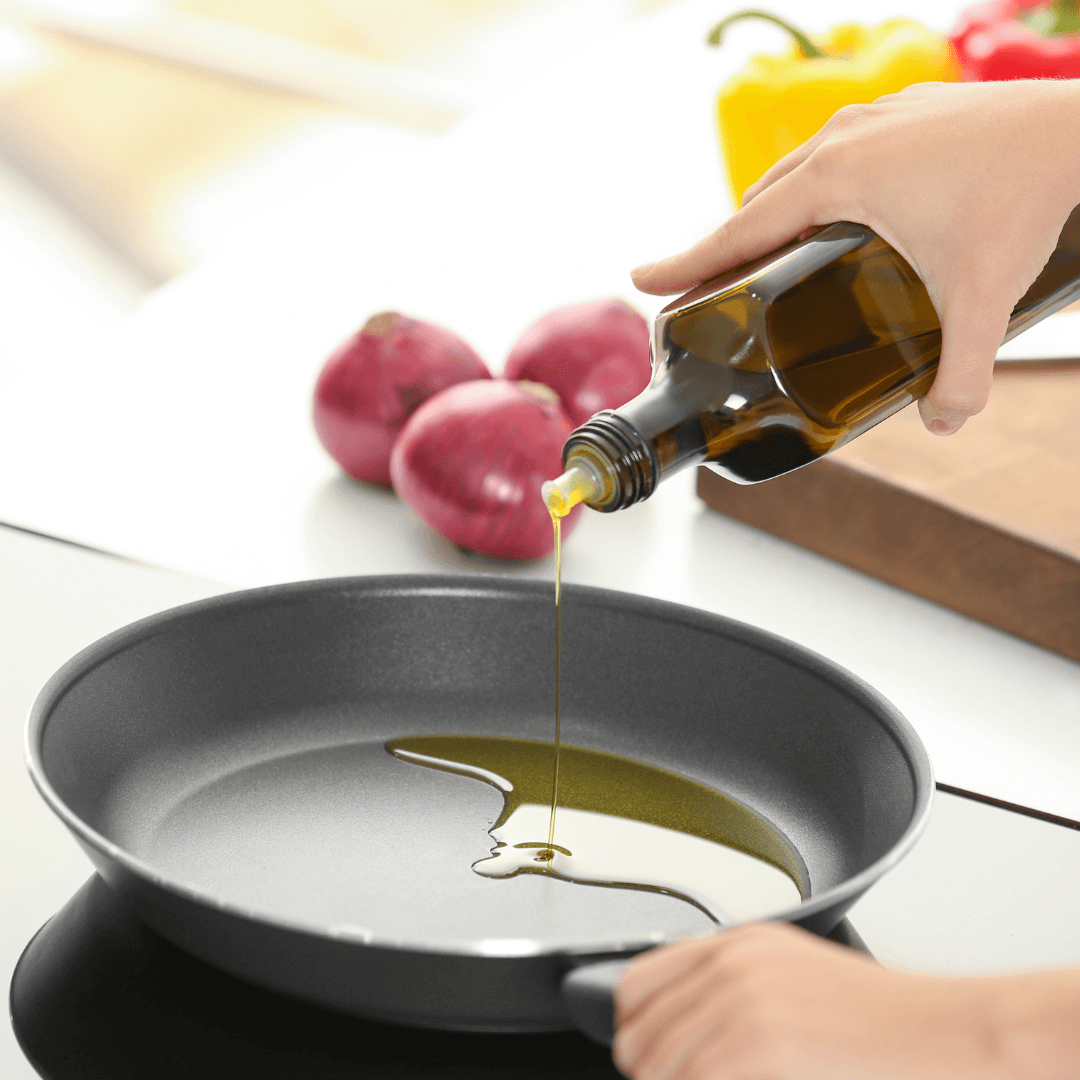 Canva
Canva
While you can cook using water and broth, they can usually only be used up to their boiling point. Oils, meanwhile, can withstand high temperatures, causing much of the food’s coveted browning, known as the Maillard effect.
Each oil has a smoke point, known as the lowest temperature at which the oil changes from shimmering to smoking, resulting in burnt, bitter foods.
“From a health perspective, it can break down the oil, destroy its natural nutrients, or cause the development of free radicals, contributing to inflammation,” explains Veronica Rouse, MAN, RD, CDE.
Raw, unrefined and cold-pressed oils have lower smoke points and are suitable for low and slow cooking and finishing where refined oils can absorb heat.
Healthy cooking oil for vegetarian food
Although “healthy” is a relative term, there are some oils that are better than others.
“They’re all either monounsaturated or omega-3 and are anti-inflammatory and protective of the heart and cardiovascular health,” explains Dana Ellis Huns, PhD, MPH, RD. “But it’s best to limit fat to no more than 25 to 30 percent of calories, as in the Mediterranean diet. And it’s always better to get them from real foods than highly-processed foods.
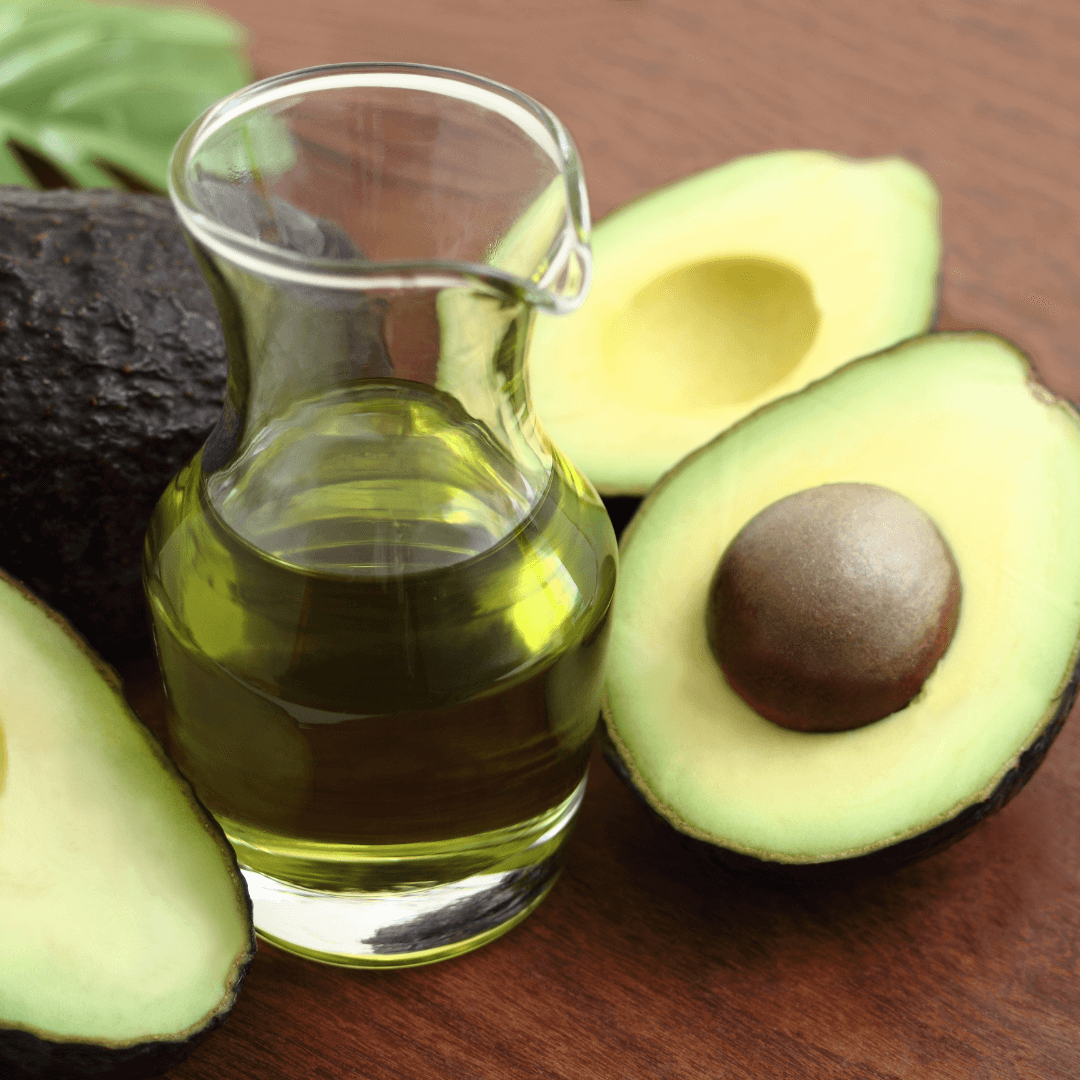 Canva
Canva
1 Avocado oil
Avocado oil is obtained from the pulp of the fruit using mechanical extraction and is of two types: refined and unrefined, or cold pressed. Refined avocado oil has a very high smoke point, making it suitable for all types of cooking. It’s very neutral in taste, so it’s good for a wide range of culinary uses in situations where you don’t want to taste the oil.
“Avocado oil has a fatty acid composition that is very similar to the fatty acid composition of olive oil,” Rouse explains. “Most avocado oil is made up of heart-healthy monounsaturated fatty acids and is low in saturated fat.”
Smoke Point: 480 degrees
For good: Frying, frying, baking, stir-frying, shallow- and deep-frying
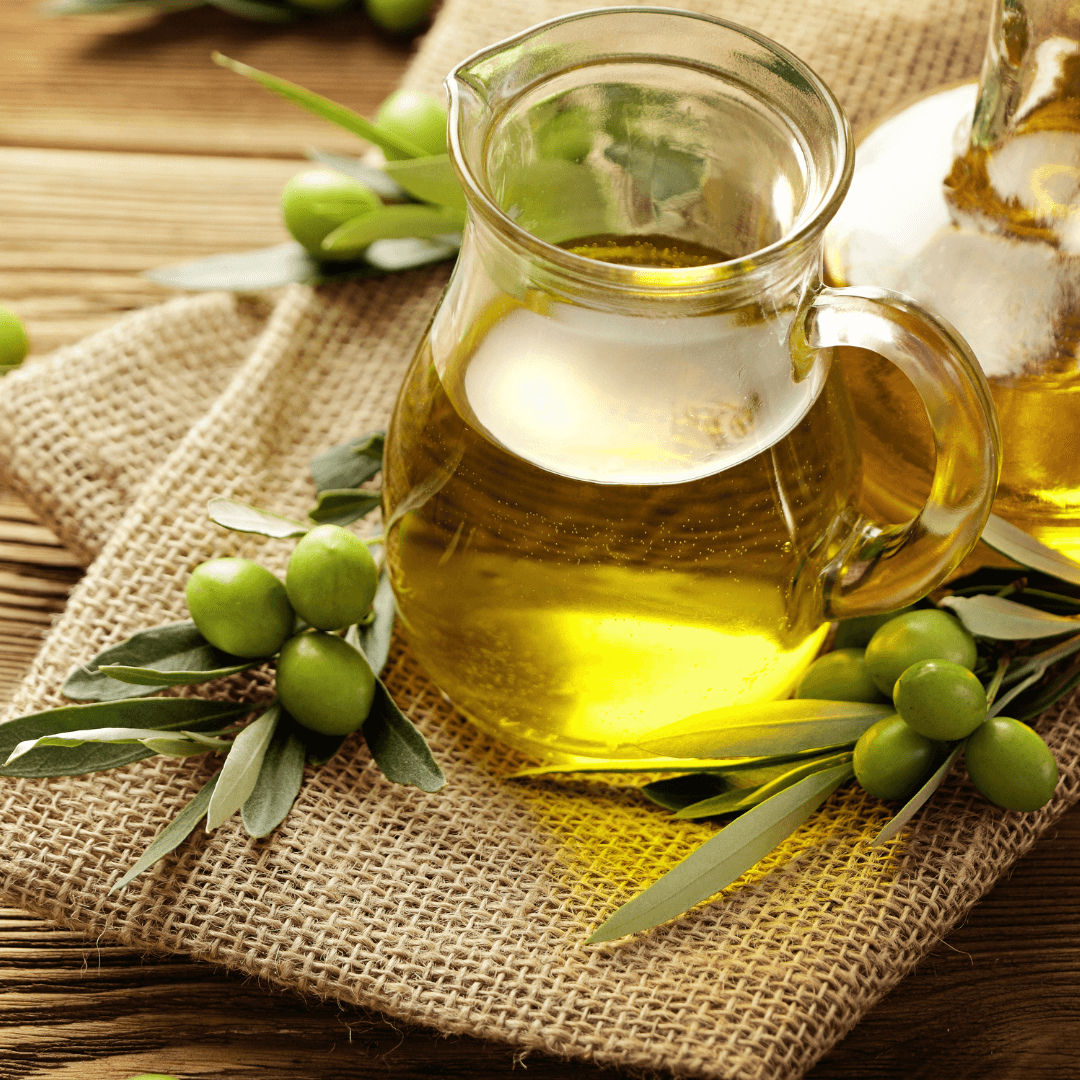 Canva
Canva
2 Extra virgin olive oil
Popularized by celebrity cook and author Rachael Ray, extra virgin olive oil (or EVO, if you prefer) is cold-pressed, meaning it’s made from mechanically crushed olives. It is less processed than its cousins, virgin olive oil and refined olive oil, and is considered a healthy, versatile oil with a rich flavor. EVOO is made up of 73 percent monounsaturated fat and small amounts of vitamins E and K. It contains oleic acid and the antioxidant oleocanthal, both of which are known to fight inflammation.
You’ve probably heard that you shouldn’t use EVOO for high-temperature cooking, but that’s a bit of a myth. Deep-frying occurs between 350 and 375 degrees, which is well within EVOO’s smoke point. In fact, studies have shown that EVOO is stable at high temperatures. So, feel free to fry it! Just remember that you will notice the taste of olive oil in foods cooked in it. If you prefer something more neutral, go with avocado oil or canola oil.
Smoke Point: 325 to 410 degrees
For good: Frying, frying, frying, baking, shallow- and deep-frying, finishing
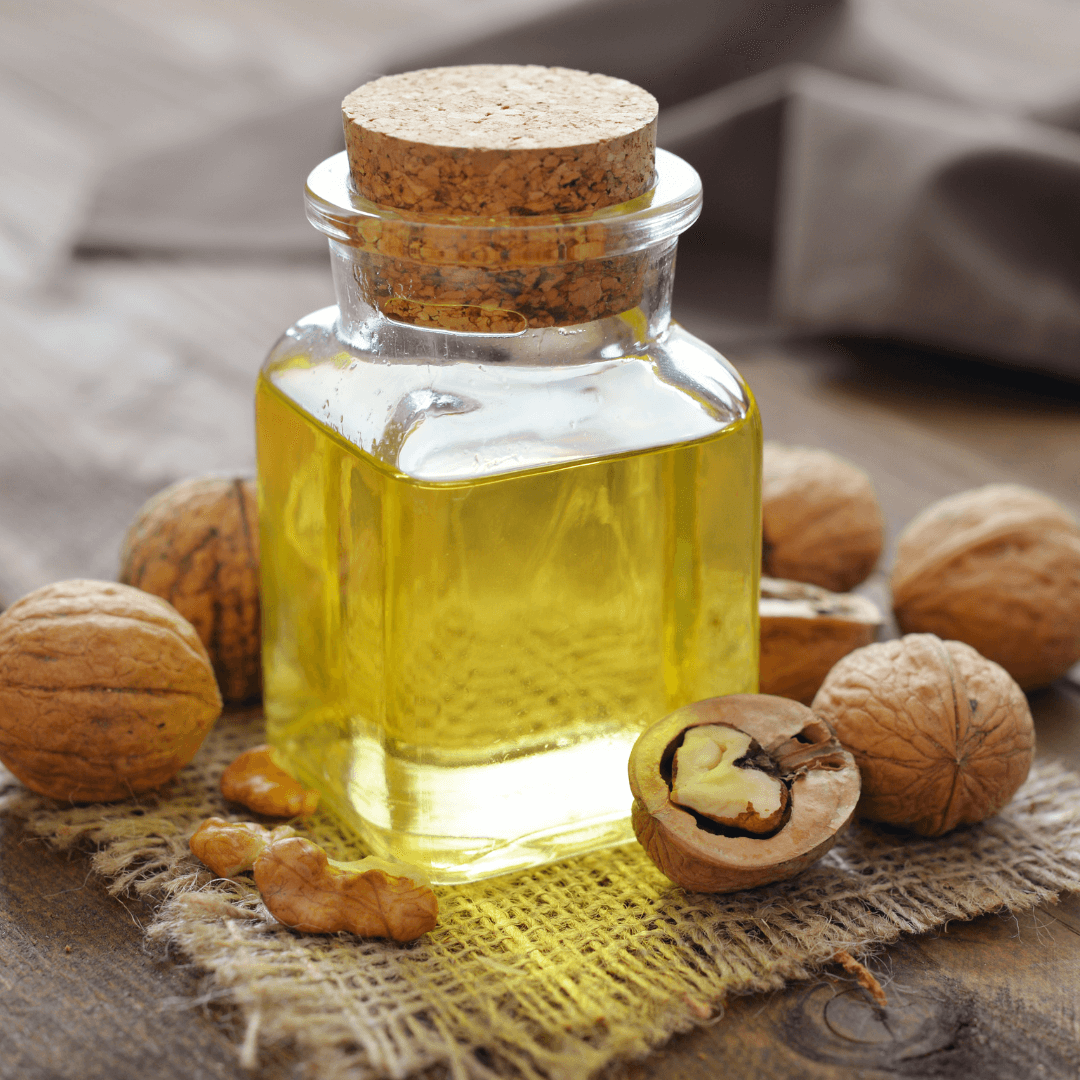 Canva
Canva
3 Cold pressed walnut oil
Walnut oil is extracted from whole walnuts and has a nutty, subtle flavor that adds flavor to foods. It is rich in unsaturated fats, including an omega-3 fatty acid called alpha-linoleic acid (ALA), which has anti-inflammatory properties and may promote healthy skin. It contains the omega-6 fatty acid linoleic acid (LA), which is the main fatty acid found in the outer layer of the skin. Studies have shown that walnut oil can help lower blood pressure, thanks to its high levels of ALA, LA and polyphenols.
Smoke Point: 320 degrees
For good: Salad dressing, finishing, drizzling
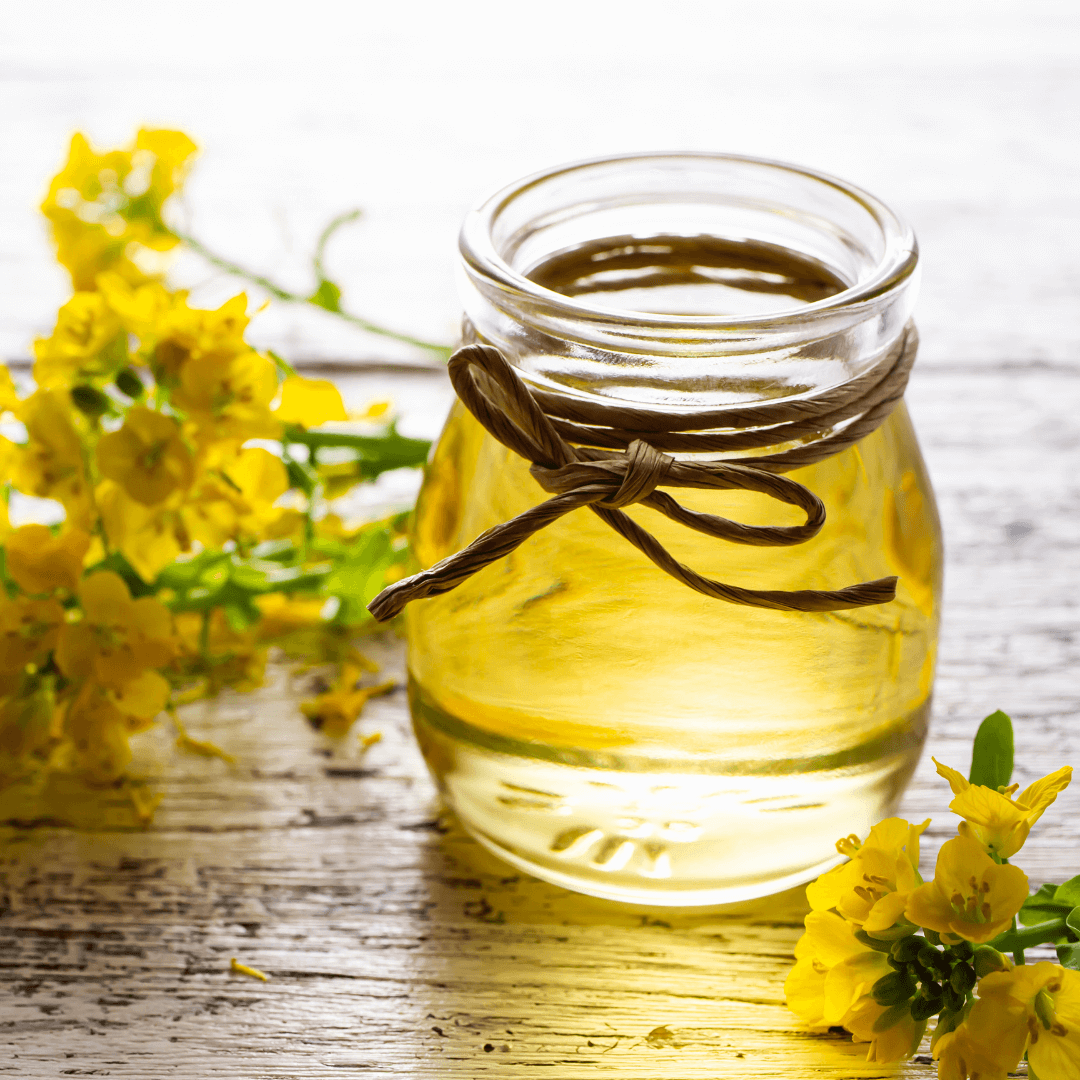 Canva
Canva
4canola oil
Like extra virgin olive oil, canola oil is predominantly monounsaturated and polyunsaturated fat with very little saturated fat. “The difference between the two fatty acid profiles is that canola oil has higher levels of polyunsaturated fatty acids and is the only oil with significant omega-3 fatty acid content,” says Rouse. Thus, it can help manage inflammation.
Canola oil is extracted from an edible version of the rapeseed plant that was developed by scientists in Canada. (Its name is a combination of “canada” and “oleum,” the Latin word for oil.) Although it is highly processed, its low saturated fat content makes it one of the healthiest oils, as long as it is used in moderation. It is one of the most readily available, affordable healthy oils for high-temperature cooking.
Smoke Point: 400 degrees
For good: Sautéing, roasting, baking, stir-frying, and frying
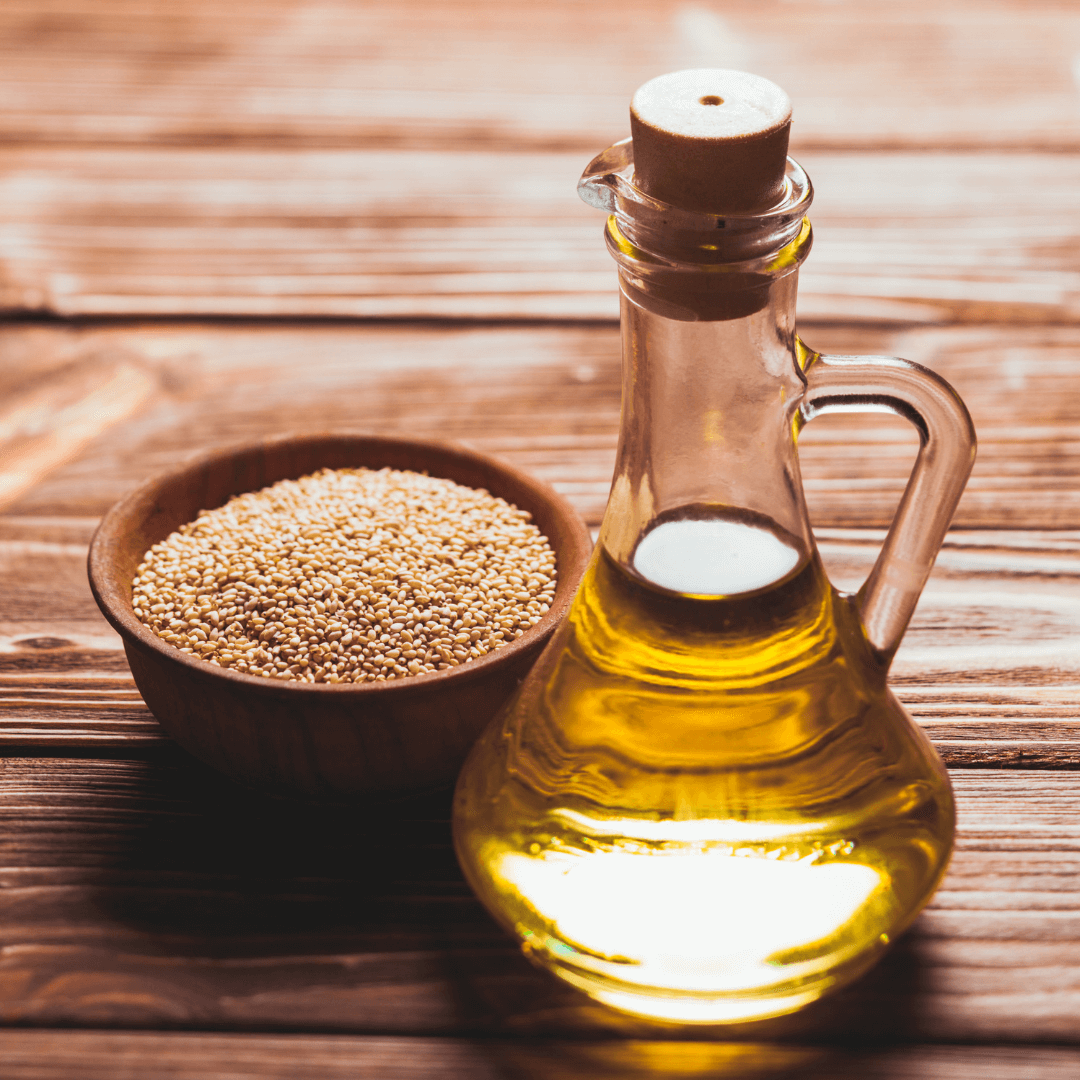 Canva
Canva
5sesame oil
A staple in many East Asian dishes, there are two types of sesame oil you’ll find in stores: light sesame oil and toasted. It’s easy to tell them apart. The former is lighter in color and has a neutral odor while the latter is darker and has a nutty taste and aroma. Here, we are talking about light sesame oil, which has a high smoke point and is suitable for all kinds of kitchen roles. As far as health benefits go, sesame oil is rich in polyunsaturated omega-6 fatty acids, has anti-inflammatory properties, and contains the antioxidants sesamin and sesamolin.
Using toasted sesame oil for all-purpose cooking will result in a burnt-tasting dish, but don’t use it sparingly. Its strong flavor when cooked is used to season dishes, such as soups. It can also be used to make homemade dressings.
Smoke Point: 410 degrees
For good: Frying, frying, baking, stir-frying, shallow- and deep-frying
What about coconut oil?
About coconut oil … the unrefined variety has a high smoke point of 400 degrees while the unrefined, coconut-flavored one starts smoking at 350 degrees, but you’ll notice it’s not on this list.
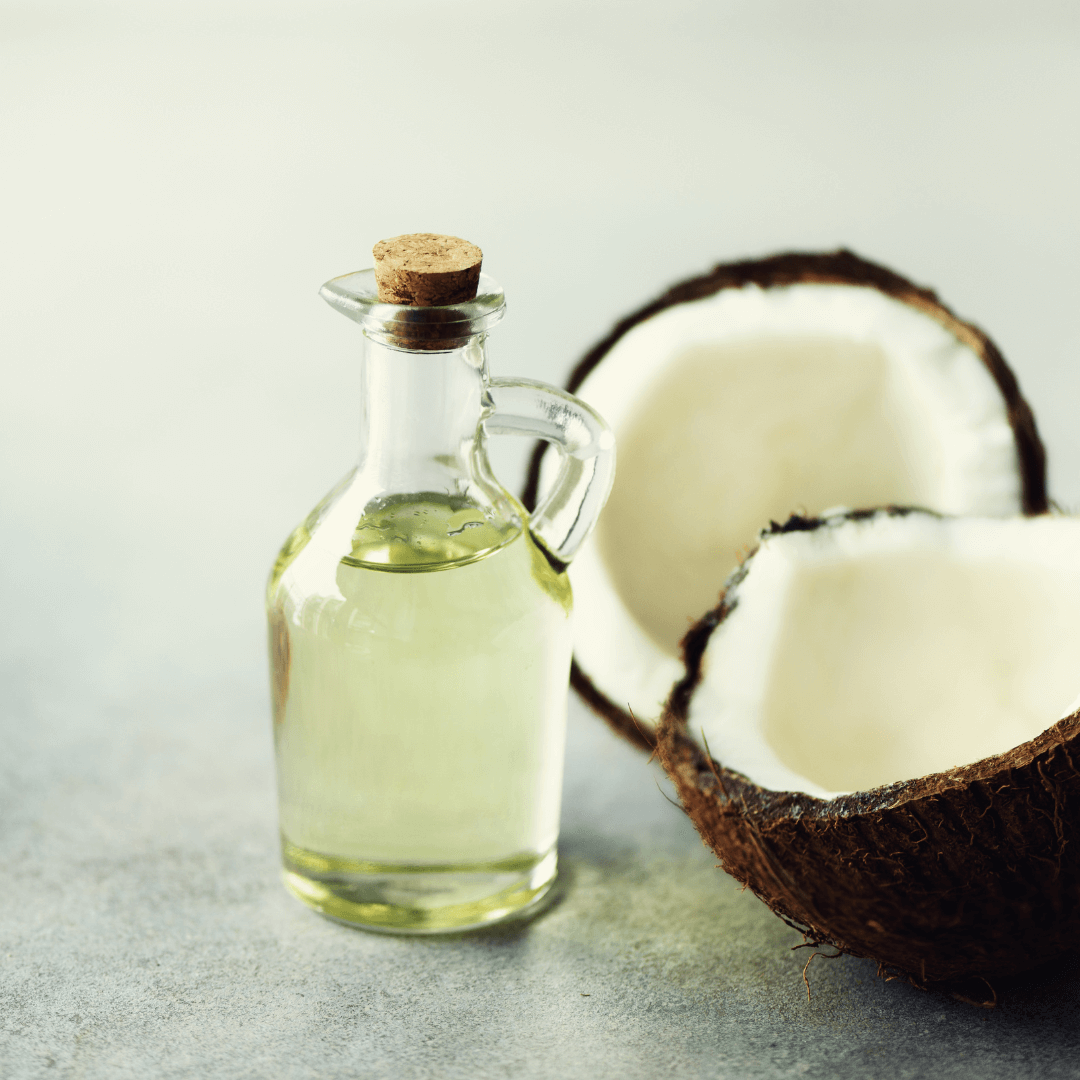 Canva
Canva
That’s because, despite its claim to fame as a health-food star, coconut oil is mostly made up of 80 to 90 percent saturated fat, which is why it’s solid at room temperature. Saturated fats increase the risk of heart disease because they can raise LDL “bad” cholesterol levels, so they should be limited. The American Heart Association even recommends replacing saturated fats with unsaturated fats, such as those found in coconut oil. If you use coconut oil, do so sparingly and don’t make it your go-to oil for healthy cooking.


